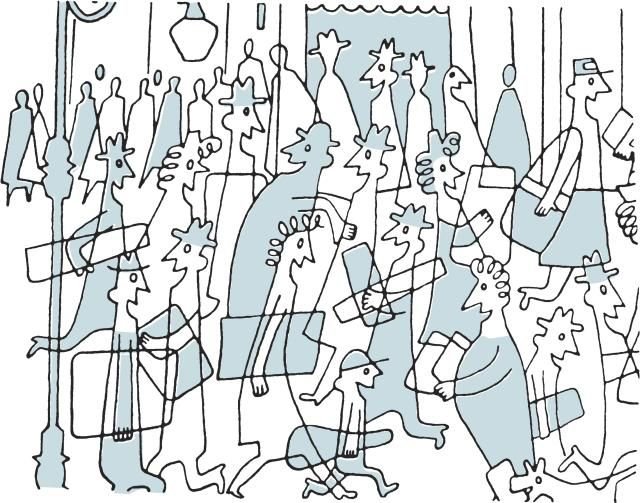Some thoughts about the psychology of Leadership and Power /part 5/
The definition of A. Petrovski and V. Spalinski's leadership is that it is defined as a process of internal sociopsychological self-organization and self-management of the relationships and activities of the members of the group at the expense of the individual initiative of the participants . Many researchers have worked on leadership issues, and some of them are Russian social psychologists. The most significant contribution of Petrovskii, Pargygin and G. Andreeva. Petrovskii makes an experimental check on one of the main theories - the theory of the leader's features.
Research is conducted with two types of social groups: a high-level group of collaborative activities, and a low-performance group of collaborative activities. In high-performance groups, the leader's personal qualities include a great variety of features, characterized by great variation. Pargygin views leadership as a process that facilitates the organization and management of the small social group but, on the other hand, rewrites the leader with characteristics that are not inherent to him and the leader - the characteristics of the initiator and organizer of the group activity . D. Andreeva differentiates between leadership and leadership. Taking "leader" positions from a member of the small group becomes possible through the process of interaction between the members of the group themselves in solving a specific task. Leadership is a "product" of the dynamics of the processes that take place in the group and is at the same time an element of the group structure, i. system of relationships built into this structure. С. Janev stresses that leadership is a phenomenon of the dynamics of processes in the social group as a result of the impact between its members in the implementation of the activity. The second characteristic of leadership is its informal character.
S. Dzonev develops the idea of the existence of different types of situational leaders - "labor leader", "social leader", "leader of opinions", "discussion leader". The structure of the organization is reduced to two basic substructures - formal and informal. The member of the organization, which has received the greatest trust from members, occupies the highest position in the informal substructure - the position of the leader. The informal substructure is studied through the methods of sociometry. According to Kričevski's theory, there are three approaches to explaining the leadership phenomenon, which are divided into three theories: the theory of the leader's features; situational theory; synthetic theory. Leader can be just the individual who has certain personal qualities and they are born at birth. Freud emphasizes some personal qualities as the leader's possession, and they are: self-confidence, independence and abilities that group members can not have, and thanks to which he becomes their idol. Weber introduces into his theory the notion of "charismatic domination". He views the charisma as the leader's quality, which is supernatural and superhuman, unaffordable for others.

Great post. I also write about leadership in my post earlier yesterday and I also mentioned some things about leadership. I believe leadership is the mantle deposited on a leader to show the capacity of leading followers. In today various aspect of our live. Various concept about leadership have been turned upside down and we need to correct the perception
Posted using Partiko Android
To listen to the audio version of this article click on the play image.

Brought to you by @tts. If you find it useful please consider upvoting this reply.